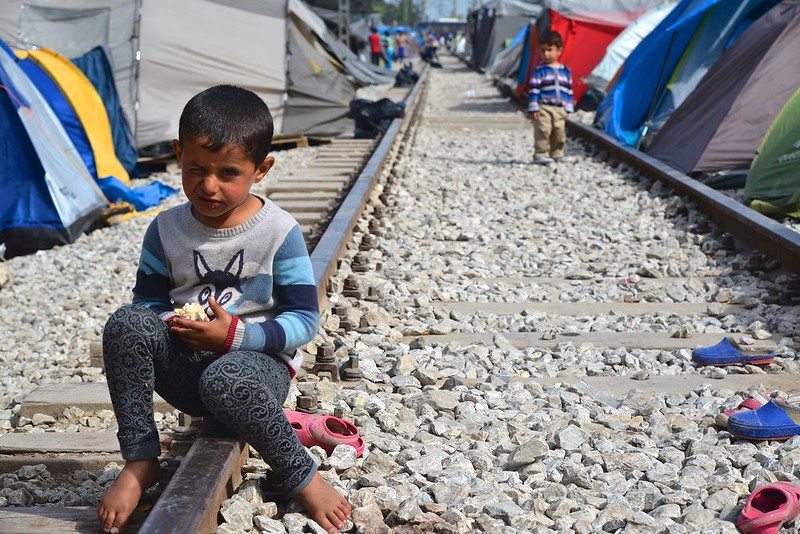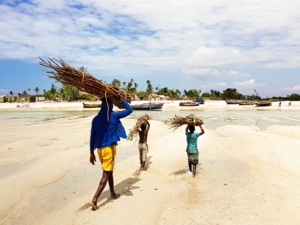 Ranking fifth among the world’s poorest nations by the World Bank’s GNI per capita data, the reality on the ground in Mozambique is especially challenging. To put it into perspective, in 2022, the United States sported a GNI per capita value of $76,370, while Mozambique leveled out at $1,410. Despite the state’s rich natural resources, arable land and numerous ports, it cannot harness this natural wealth. The result is that 96% of the population lives on less than $10/day. Charity in Mozambique is a necessity. To lessen the burden, here are five charities operating in Mozambique.
Ranking fifth among the world’s poorest nations by the World Bank’s GNI per capita data, the reality on the ground in Mozambique is especially challenging. To put it into perspective, in 2022, the United States sported a GNI per capita value of $76,370, while Mozambique leveled out at $1,410. Despite the state’s rich natural resources, arable land and numerous ports, it cannot harness this natural wealth. The result is that 96% of the population lives on less than $10/day. Charity in Mozambique is a necessity. To lessen the burden, here are five charities operating in Mozambique.
5 Charities Operating in Mozambique
- Aga Khan Foundation (AKND) – AKND has been operating in Mozambique since the signing of a cooperation agreement in 1998. Since then, over 500,000 people have benefited from their services, while they currently employ 1,180 people in the country. The scope of AKND is significant as they work in the development of human capacities, aid in economic growth and help to build resilient communities. Representing all three of these initiatives is the 2022 construction of the Aga Khan Academy Maputo, the third of four educational institutions provided for the country’s future workforce. It is a wonderful addition to a nation with a 58% literacy rate. These academies’ vision is to help students realize their full potential so they can bring up themselves, their families and their communities. The curriculum follows the International Baccalaureate (IB) system to ensure a global standard of excellence.
- CARE International – In 2023, Mozambique experienced an under-5 mortality rate of 69.6 and a fertility rate of 4.6. That is, of every 1,000 children, roughly 70 will die, and for every woman, there will be approximately five births. Ensuring the healthy development and survival of children under 5 would lessen the burden of excessive child rearing that weighs heavy on impoverished households and prevent malnourished children from developing disabilities. To ensure children can develop to their fullest potential, CARE International worked with the Flatley Foundation from 2018 to 2021 to provide food and nutritional aid to insecure households to ensure healthy development in the first thousand days of life. During this project, the under-5 mortality rates dropped from 76 to 70.
- AMURT – The AMURT charity, in Mozambique and abroad, takes a three-pronged approach. Initially, AMURT implemented relief assistance for natural disasters and man-made emergencies. Once situated, AMURT participates in rehabilitation and reconstruction to provide immediate and long-term development. AMURT landed in Mozambique just after Cyclone Eline in the year 2000. After the disaster, 950,000 required medical assistance and 250,000 were displaced. The relief organization was able to provide aid to 8,000 people and constructed 800 homes. In the years following, AMURT has provided expertise and materials for water and sanitation projects that continued through 2011.
- Africare – There are an estimated 2.4 million persons living with HIV in Mozambique. It is no secret that without proper care, these cases will advance to AIDS. In the unfortunate scenario of young children becoming orphans due to losing loved ones to AIDS, Africare has launched the Community-based Orphan Care Protection and Empowerment Project (COPE) in Mozambique, Rwanda, Tanzania and Uganda. For these orphaned and vulnerable children who have to face adulthood sooner than most, COPE clubs allow healing through drawing and sharing experiences as well as providing various forms of support. COPE clubs assist these youths with food, education, shelter, and health care so that despite their losses, they can continue to learn, grow and best prevent their own contraction of this life-threatening disease.
- Handicap International – Affecting over 2.5 million people across 60 countries, Handicap International specializes in helping disabled persons find inclusive environments in conflict, natural disasters and poverty. Since 2017, over 670,000 people have fled northern Mozambique in response to conflict. Handicap International aids in transporting vulnerable populations such as those with pregnancies, those with disabilities or simply children. In addition, team members work with vulnerable persons to ensure they also get access to aid distributions, as it is difficult for them to navigate crowds or sometimes understand the systems available. Handicap International also provides specialized training so teachers can tailor learning exercises depending on the disability. Rahmat, a nine-year-old girl, was able to learn to write despite her motor disability. Shelicia, who couldn’t reach her desk due to her wheelchair, received a desk fitted to her chair. Hilario, a vision-impaired physical education teacher, was able to switch to digital formats he could read. Handicap International works every day to provide inclusive environments for those in need.
No matter the charity in Mozambique, the population receives the help they need. Despite figures of unemployment, literacy and poverty, they are, at the end of the day, people not statistics. These are only five of the numerous charities operating in Mozambique and have all made significant impacts. These, after all, are only summaries of their achievements. Until Mozambique can tap into its abundance of natural gasses, have its population escape sustenance farming and suppress internal conflicts, the aid will have to keep flowing.
– Anthony Coletta
Photo: Unsplash
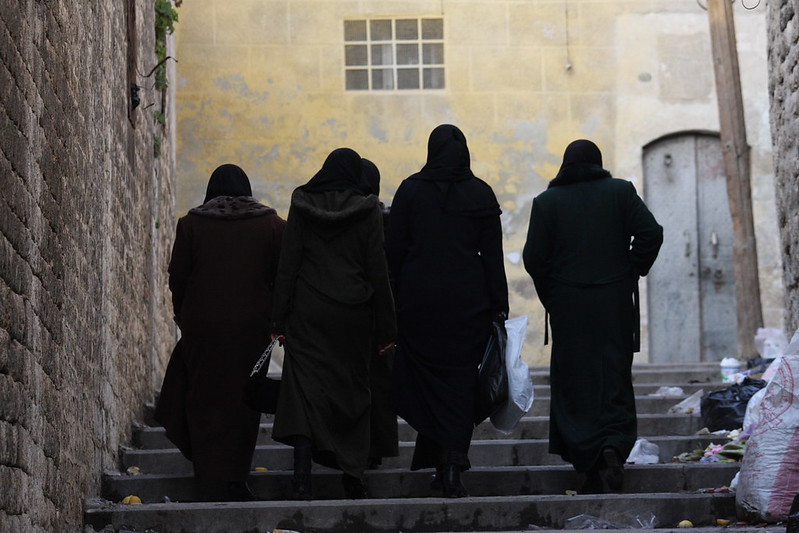
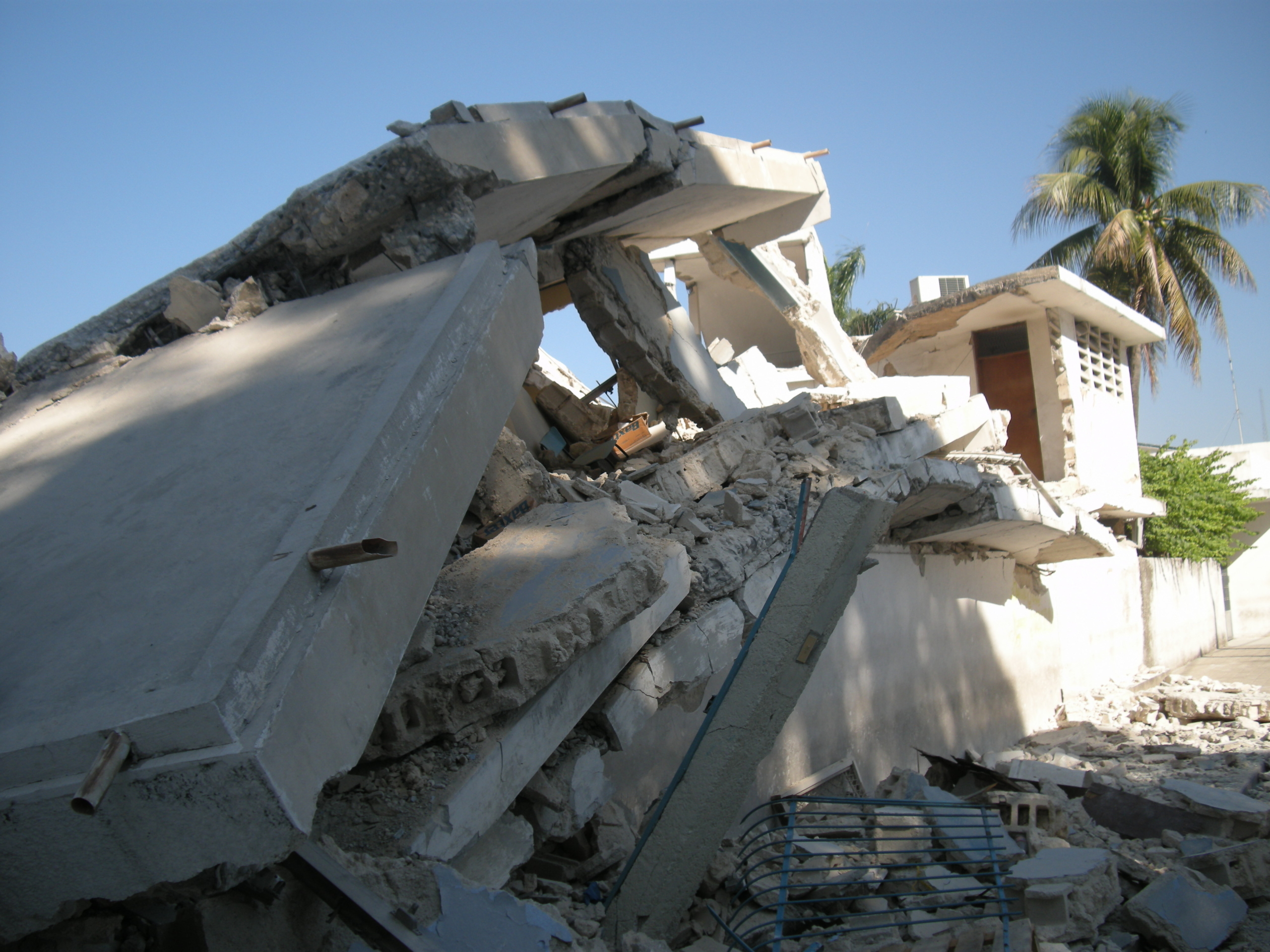 In a devastating event,
In a devastating event,  Global poverty remains
Global poverty remains 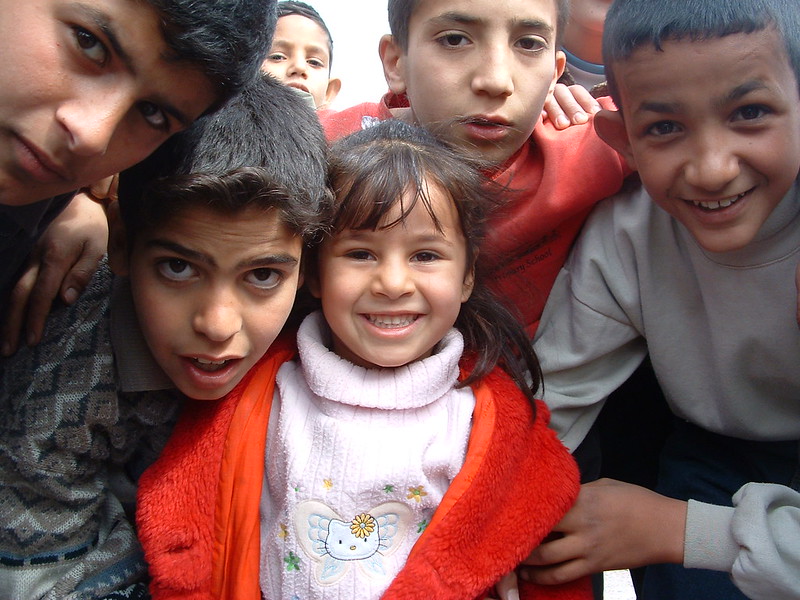 Iraq has faced economic devastation, political corruption and violent conflicts for more than two decades. With
Iraq has faced economic devastation, political corruption and violent conflicts for more than two decades. With 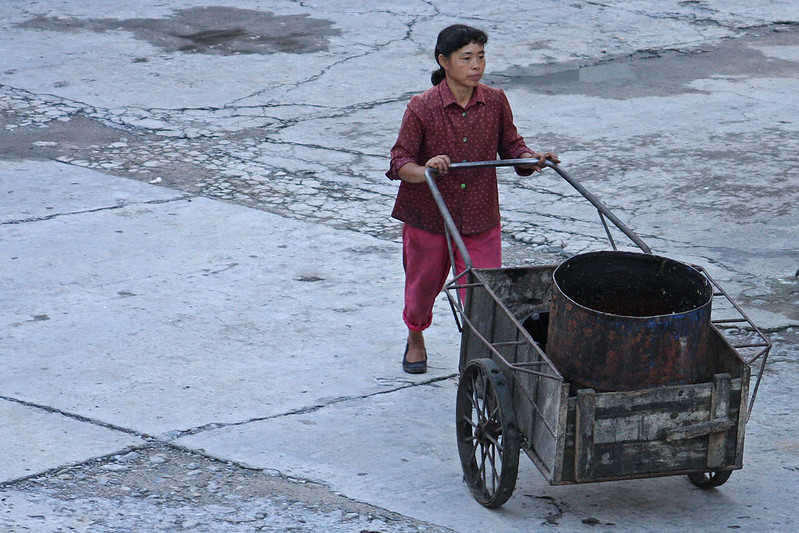 North Korea, a highly centralized totalitarian state with a population of nearly
North Korea, a highly centralized totalitarian state with a population of nearly 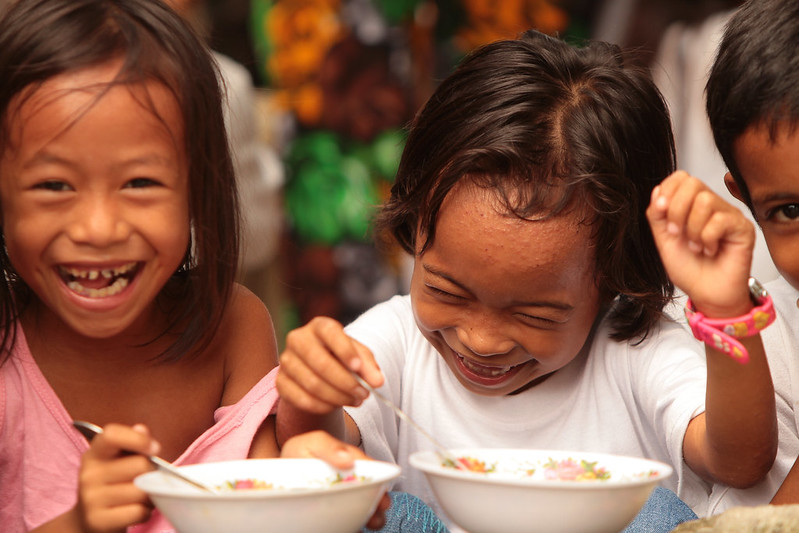 For centuries, famine has been at the forefront of poverty and global health issues in the poorer regions of the world. Around
For centuries, famine has been at the forefront of poverty and global health issues in the poorer regions of the world. Around  When the Soviet Union collapsed, Belarus’ neighbors, such as Poland, seemed to continue on the path of modernization and prosper over the years, having managed to grow strong ties with organizations such as the European Union (EU) and North Atlantic Treaty Organization (NATO). Belarus on the other hand saw rampant inflation, organized crime and corruption under its first and only president since gaining independence from Russia. This has drawn attention to addressing the fragility and rule of law in Belarus.
When the Soviet Union collapsed, Belarus’ neighbors, such as Poland, seemed to continue on the path of modernization and prosper over the years, having managed to grow strong ties with organizations such as the European Union (EU) and North Atlantic Treaty Organization (NATO). Belarus on the other hand saw rampant inflation, organized crime and corruption under its first and only president since gaining independence from Russia. This has drawn attention to addressing the fragility and rule of law in Belarus.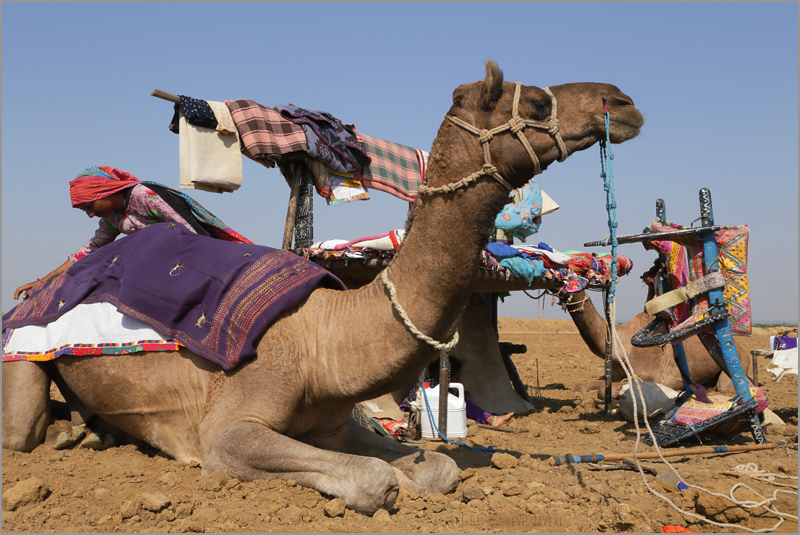 When thinking of rural-urban migration, experts tend to focus on the positive aspects for migrants. New economic opportunities, access to public services and greater social tolerance define the experience of newly-urban migrants in the conversation around rural-urban migration. When discussing flaws, the conversation gravitates toward the slum conditions and informal labor in large developing-world cities. However, the developing world’s rapid amount of rural to urban migration leaves many villages with less human capital and resources. What does this rural-urban migration mean for the rural developing world?
When thinking of rural-urban migration, experts tend to focus on the positive aspects for migrants. New economic opportunities, access to public services and greater social tolerance define the experience of newly-urban migrants in the conversation around rural-urban migration. When discussing flaws, the conversation gravitates toward the slum conditions and informal labor in large developing-world cities. However, the developing world’s rapid amount of rural to urban migration leaves many villages with less human capital and resources. What does this rural-urban migration mean for the rural developing world?